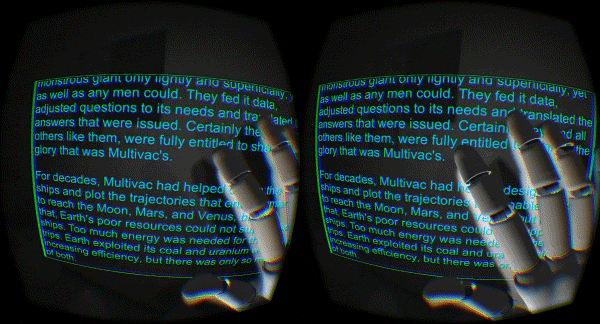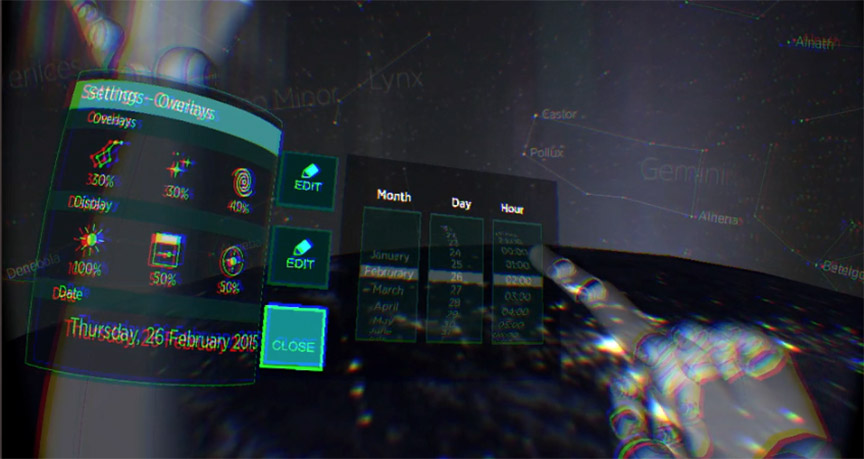Hey everyone! As part of our global tour for the Leap Motion 3D Jam, we’re at Berlin’s Game Science Centre to take developers through our SDK and building with the latest VR tools. Registrations for the workshops and meetup are still open. The livestream is happening today from 9am–2pm PT (5–10pm CET) at the top of this post – jump into our Twitch channel to join the chat session!
Ahead of the event, we thought we’d give you a quick overview of what to expect. Let’s take a light-speed look at VR development with Leap Motion in Unity and JavaScript.





